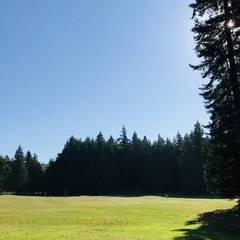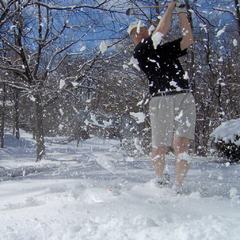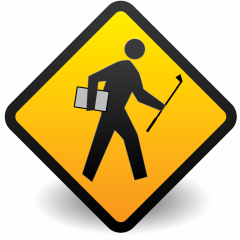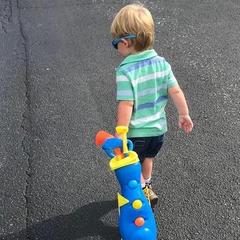Junior Golf
This year has been great! A lot of work, but something I’ve needed to further my coaching career. At my prior employment, the course was cart mandatory so junior golf was almost non existent. Now at a muni that has a great practice facility, junior golf is big. This summer, I coached 2 13U PGA Jr League teams (24 players), ran (ongoing) 4 junior camps with around 40 kids each time, and the course held a Drive, Chip, and Putt qualifier.
Prior to the year, I completed ADM (American Development Model) for golf and it’s something I use a lot. A common conversation I have with parents is about how much instruction is needed for their kids. At a certain age, we want to give kids the tool and just let them explore and swing out of their shoes to develop, physically. They need to learn on their own how to have fun on the course. We can give them games to play, but we shouldn’t force golf on them. Then little by little, introduce new concepts, mechanics, etiquette, etc. so that we edge them in the right direction. Some parents were hoping I was going give their 10yr old kid the best looking swing ever. Not happening. My goal is simple, create life long golfers. If you want to become a really good player, we can do that after a certain age or development level. I am not here to potentially burn a kid out of playing because they are working too hard.
Next year will be fun. There’s more things I want to do.












3 Comments
Recommended Comments
Create an account or sign in to comment
You need to be a member in order to leave a comment
Create an account
Sign up for a new account in our community. It's easy!
Register a new accountSign in
Already have an account? Sign in here.
Sign In Now